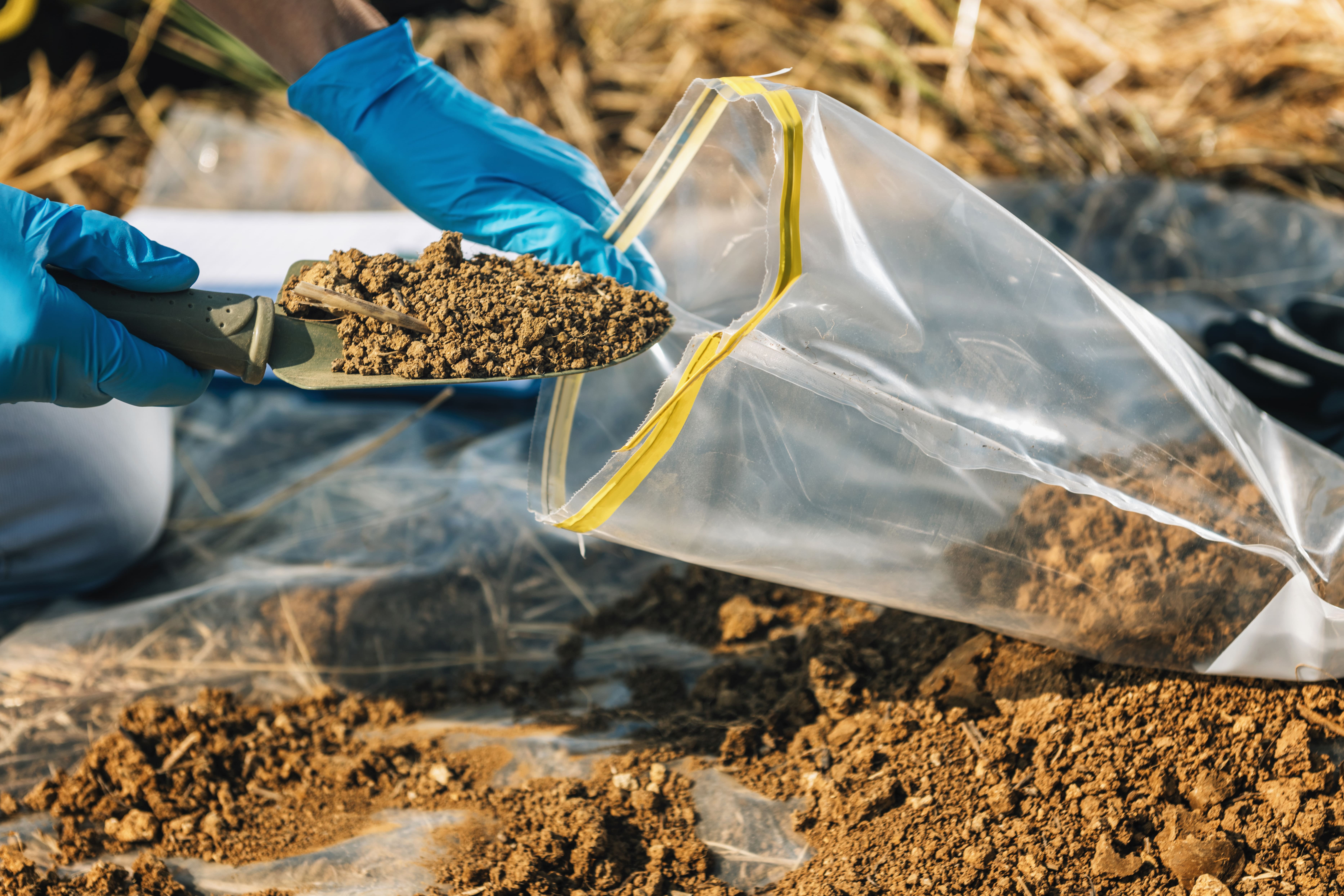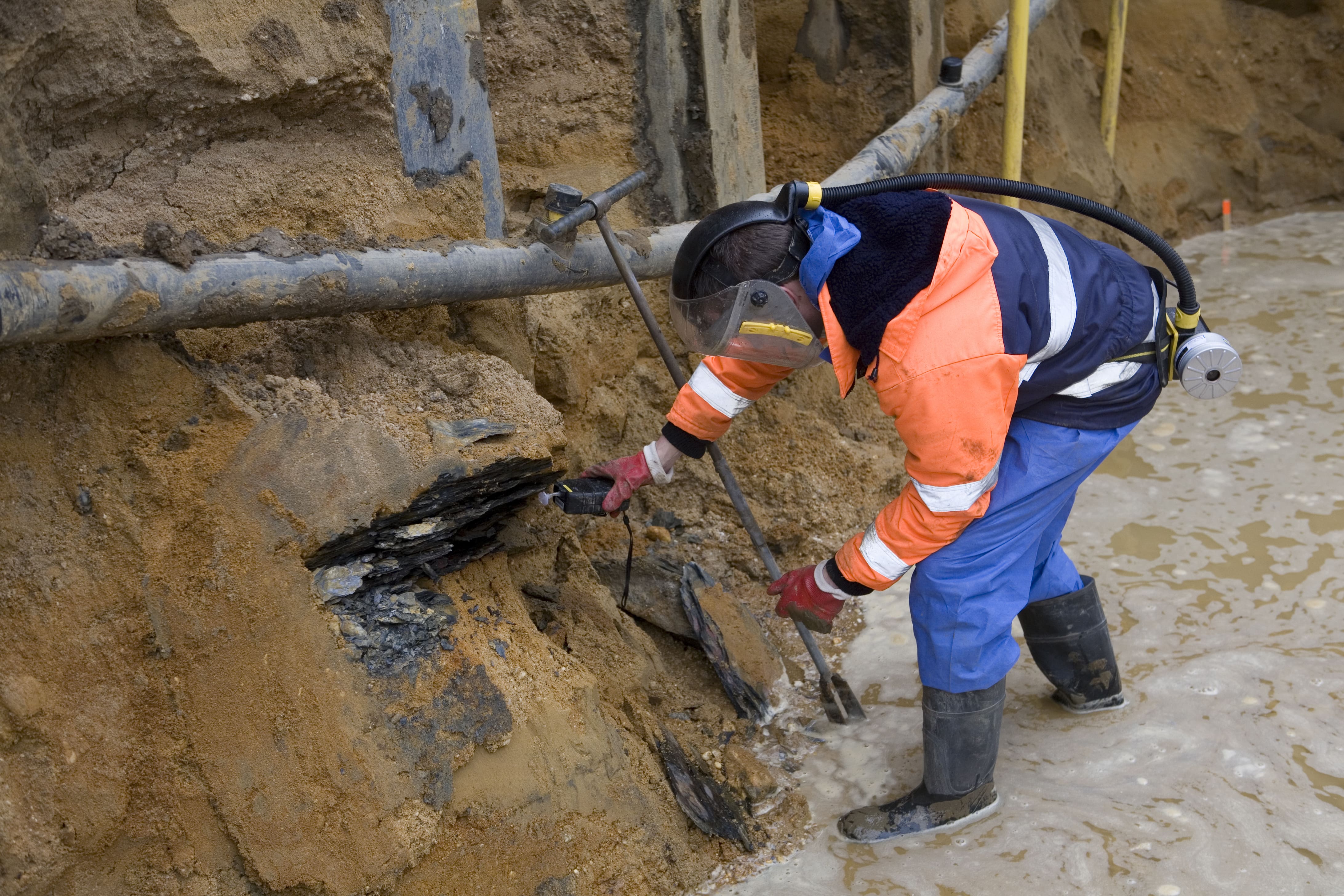Best Practices for Environmental Risk Assessment in Ireland

Best Practices for Environmental Risk Assessment in Ireland
Learn the key steps for effective environmental risk assessment of contaminated land in Ireland. Ensure compliance and sustainability with ORS expert insights.
What does a contaminated site look like?
In Ireland, as in many countries, contaminated land can often be traced to a legacy of industrial, agricultural, or waste disposal activities. However, contamination isn’t always so obvious; it can also be discovered at residential or retail sites, and sometimes even at seemingly untouched “greenfield” locations.
A thorough Environmental Risk Assessment (ERA) is essential to determine the potential risks to human health and the environment, and to guide necessary remediation efforts. The key question is when should an ERA be caried out?
Answer: A decent and ethical project coordinator will organise an ERA when contamination is discovered. A smart and forward-thinking project coordinator will organise an ERA before contamination is discovered.
Like most disciplines, early understanding of all risks and obstacles is essential to a project’s overall success.
This insight will outline the main steps involved in the ERA process in Ireland, focusing on site characterisation, the conceptual site model, and the tiered risk assessments, as well as remediation options.

Why Conduct an Environmental Risk Assessment?
Contaminated land poses serious risks, including:
- Pollution of groundwater.
- Harm to local ecosystems.
- Health risks to nearby communities.
An ERA is an organised, step-by-step process designed to assess and manage these risks, ensuring that they are mitigated effectively. Conducting a thorough ERA helps establish clear priorities for site remediation, guided by national, UK, and EU environmental regulations such as the Irish EPA guidelines and the EU Landfill Directive, ensuring alignment with best practices.
Step 1: Site Characterisation
Site characterisation is the foundational step of an ERA. It involves gathering detailed information about the site to understand the extent and nature of the contamination.
- Site History: A review of the site’s historical use helps identify potential contaminants. For instance, former industrial sites might contain heavy metals, hydrocarbons, or volatile organic compounds.
- Physical and Chemical Analysis: Soil, groundwater, and surface water samples are collected and analysed to measure the concentration of contaminants and determine their spread within the site.
- Environmental Setting: The team assesses the natural surroundings, including the local geology, hydrology, and proximity to sensitive areas like water bodies or residential areas.
The goal of site characterisation is to create a comprehensive profile of the contamination, identifying all sources, pathways, and receptors, which is a crucial step in any environmental site assessment in Ireland or management of contaminated land in Ireland. This provides the basis for all subsequent stages of the assessment.

Step 2: Conceptual Site Model (CSM)
The Conceptual Site Model (CSM) is a visual or schematic representation that consolidates all known data about the site. It shows the relationships between contaminant sources, potential pathways, and receptors (people, water supplies, ecosystems).
- Sources: Identify where contaminants are originating, such as a leaking storage tank or waste dump.
- Pathways: Outline possible routes by which contaminants could spread, like through groundwater movement or airborne dust.
- Receptors: Define who or what might be affected by the contamination, including local communities, wildlife, and surface waters.
The CSM is a living document, updated as new information arises. It serves as a guide for the tiered risk assessment, helping determine what specific risks are present and informing decisions about remediation strategies.
Step 3: Tier 1 Risk Assessment
The Tier 1 Risk Assessment is the initial evaluation of risk based on data gathered during site characterisation and the CSM. This phase involves comparing contaminant levels at the site to established threshold values or generic assessment criteria (GACs).
- Screening Against Thresholds: If contaminant levels are below these thresholds, the site may be considered low-risk, and further assessment may not be necessary.
- Conservative Assumptions: Tier 1 uses conservative assumptions to ensure that any potential risks are not underestimated. If there’s uncertainty or if contaminants exceed the GACs, the site moves on to a more detailed Tier 2 assessment.
Tier 1 is intended to be a cost-effective screening process. Sites that do not pass this level of scrutiny require further investigation in Tier 2.
Step 4: Tier 2 Risk Assessment
The Tier 2 Risk Assessment is a more in-depth, site-specific evaluation. This phase includes refined data collection and more sophisticated analysis to quantify risks with greater accuracy.
- Site-Specific Risk Models: Using site-specific information, such as local groundwater flow rates and soil properties, models calculate the risk of contaminants reaching receptors at harmful concentrations.
- Refined Exposure Pathways: Tier 2 assessment refines the exposure pathways identified in the CSM, considering more realistic exposure scenarios.
- Risk Characterisation: This step provides a detailed risk characterization that informs whether remediation is needed and, if so, at what urgency.
Tier 2 can be a time-intensive process, requiring advanced modelling and potentially additional sampling. It provides a nuanced understanding of risks, helping to target remediation efforts effectively.
Step 5: Remediation Options
Once the risk assessment stages confirm that contamination poses an unacceptable risk, it’s time to evaluate remediation options.
- Containment: This involves physically isolating the contaminants from receptors, often using barriers or capping.
- Removal: Contaminated soil or water may be excavated and treated off-site or disposed of in a controlled environment.
- In Situ Treatments: Treatments applied directly on-site, such as bioremediation (using microorganisms to break down contaminants) or chemical stabilisation, which renders contaminants less mobile.
- Monitoring and Institutional Controls: In cases where contamination cannot be fully removed, long-term monitoring and land use controls can manage residual risks.
Choosing a remediation option depends on multiple factors, including the specific contaminants involved, site conditions, environmental regulations, and cost considerations. In Ireland, all remediation plans must adhere to local, UK, and EU environmental standards, such as the Irish EPA’s Code of Practice for Environmental Risk Assessment and the EU Water Framework Directive, to ensure long-term safety and sustainability.
Conclusion
An Environmental Risk Assessment (ERA) is essential to addressing contaminated land in Ireland, ensuring that risks to health and the environment are managed in a systematic and scientifically sound way. By following the stages of site characterisation, conceptual site modelling, tiered risk assessments, and careful consideration of remediation options, stakeholders can develop effective, compliant plans for contaminated sites.
Proactive management of contaminated sites not only protects human health and ecosystems but also supports sustainable contaminated land management in Ireland, helping the country move toward a cleaner, greener future.
At ORS, our expert environmental consultants are here to guide you through every stage of an Environmental Risk Assessment. Discover our full range of services here or contact us on +353 1524 2060 or info@ors.ie to learn more.

